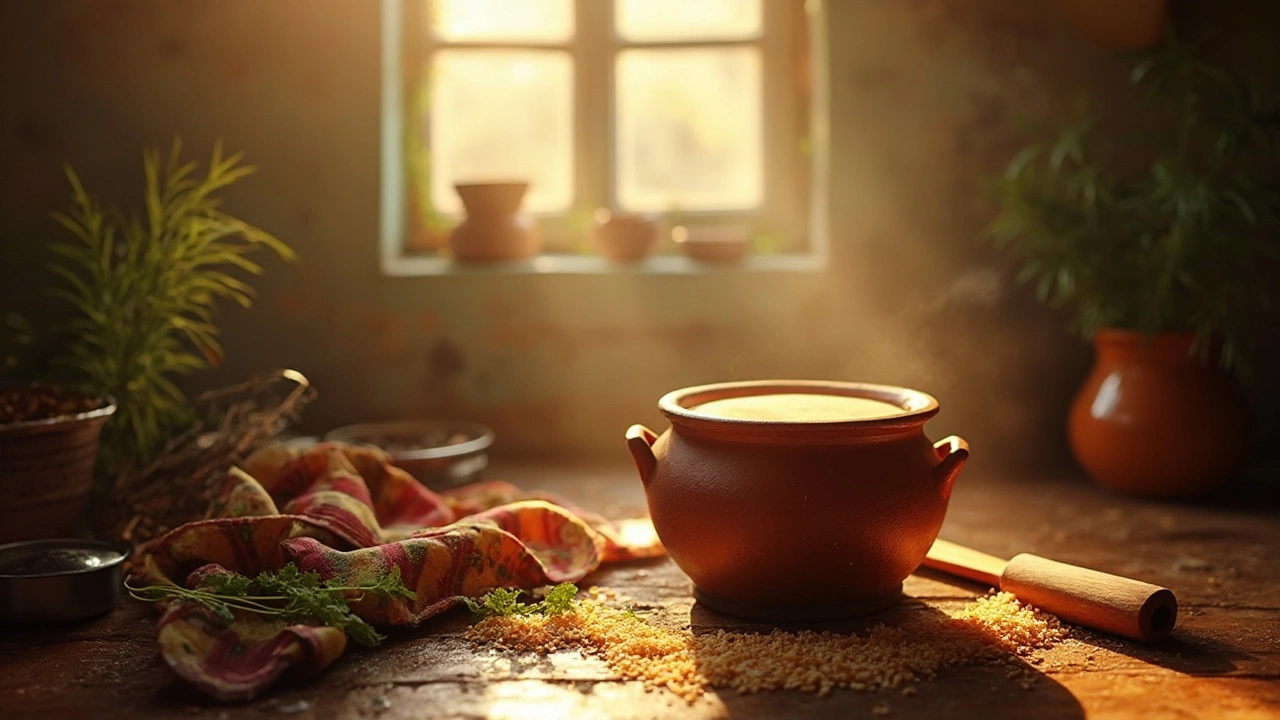Natural Tips for Indian Cooking: Simple Tricks to Elevate Your Dishes
When working with Natural Tips, practical, ingredient‑based tricks that improve flavor, texture, and nutrition in Indian recipes. Also known as home kitchen hacks, they help cooks of any skill level get consistent results. A classic example is the use of lemon, a natural acid that brightens dishes and keeps grains fluffy, which shows how a simple squeeze can change a whole pot. Similarly, baking soda, a leavening agent that softens breads and balances pH often surprises beginners. Adding oil, at the right stage in dough preparation, yields softer rotis and crispier dosas makes a big difference, while curd, provides fermentation power for dosas and boosts probiotic benefits rounds out the toolkit. These four ingredients interact to make cooking more predictable and tasty.
Why natural tips Matter in Everyday Cooking
Natural Tips encompass three core ideas: ingredient timing, flavor balancing, and texture control. First, timing—knowing when to add oil, lemon, or baking soda—directly impacts the final mouthfeel. Second, flavor balancing—acid from lemon can cut richness in heavy dishes like biryani, while a pinch of baking soda can tame excess sourness in tomato‑based curries. Third, texture control—oil in dough creates layers, and curd’s fermentation produces airy dosas. Together, these ideas form a simple but powerful framework that anyone can apply without fancy equipment.
Understanding the science behind these tips is easier than it sounds. Acid‑base reactions, for instance, explain why a splash of lemon keeps rice grains separate in biryani. The citric acid lowers the pH, weakening starch adhesion and letting each grain stand on its own. Baking soda, on the other hand, releases carbon dioxide when heated, inflating the crumb structure of rotis and making them softer. Oil coats gluten strands in dough, preventing them from tightening too much, which results in a tender bite. Curd introduces lactic‑acid bacteria that ferment sugars, creating gentle bubbles that lift the batter.
These ingredient‑level tricks also tie into broader cooking goals. Health‑focused cooks appreciate that lemon adds vitamin C without extra calories, while baking soda can reduce the need for added fats. Home chefs looking for speed love that a quick pinch of baking soda cuts cooking time for lentils and dal. And anyone aiming for authentic taste finds that the right amount of curd in dosa batter reproduces the tangy aroma heard in street stalls.
Practical application starts with a few easy checks. Before you begin a biryani, taste your rice water—if it feels flat, a teaspoon of lemon juice will revive it. When rolling out roti, add a drizzle of oil to the dough after the first knead; this small step keeps the bread pliable and helps it puff. For dosa lovers, mix a spoonful of curd into the batter a few hours before cooking; the extra acidity boosts fermentation and yields a lighter, crunchier surface. And whenever a recipe calls for a thick gravy, consider a pinch of baking soda to keep the texture smooth and prevent bitterness from over‑cooked spices.
These tips don’t exist in isolation; they often work together. A popular combo is lemon and baking soda in a rice‑based pulao: the acid brightens flavor while the soda keeps the grains separate, producing a fluffy, aromatic side dish. Another frequent pairing is oil and curd in dosa batter: oil adds crispness to the edges, while curd guarantees a sour note and airy interior. Recognizing such synergies helps you build a toolbox that adapts to any regional dish—from Punjabi butter chicken to South Indian sambar.
Across the collection of articles on this page, you’ll see these ideas repeated in different contexts. One post breaks down why adding lemon to biryani matters, another explains how baking soda changes roti texture, and yet another shows the science behind curd in dosa batter. Together, they illustrate how a handful of natural tips can solve common kitchen frustrations—fluffy rice, puffed rotis, balanced flavors, and quicker cooking.
Whether you’re a beginner who just learned to sauté onions or a seasoned cook tweaking a family recipe, the natural tips highlighted here can shave minutes off prep time, boost nutrition, and make your dishes taste more authentic. Below, explore each specific tip in detail, see real‑world examples, and get step‑by‑step guidance to turn theory into tasty results.

Speed Up Your Dosa Batter Fermentation: Simple Natural Hacks
Fermenting dosa batter can take time, but with a few natural tricks, you can speed up the process. From altering your soaking methods to rediscovering the benefits of the sun, these are easy adjustments you can make in your own kitchen. Understanding the right temperature and environment is key to ensuring perfect fermentation. These tips will help you enjoy delicious dosas with less wait time. Say goodbye to delays and hello to quick, tasty dosas!